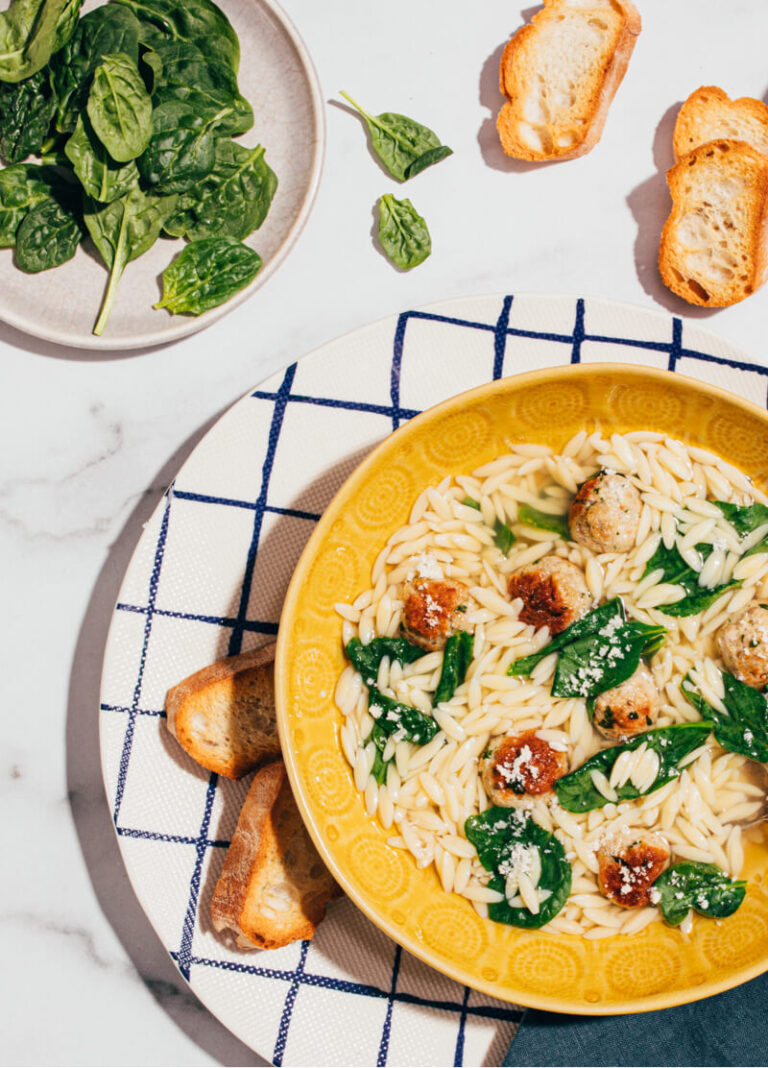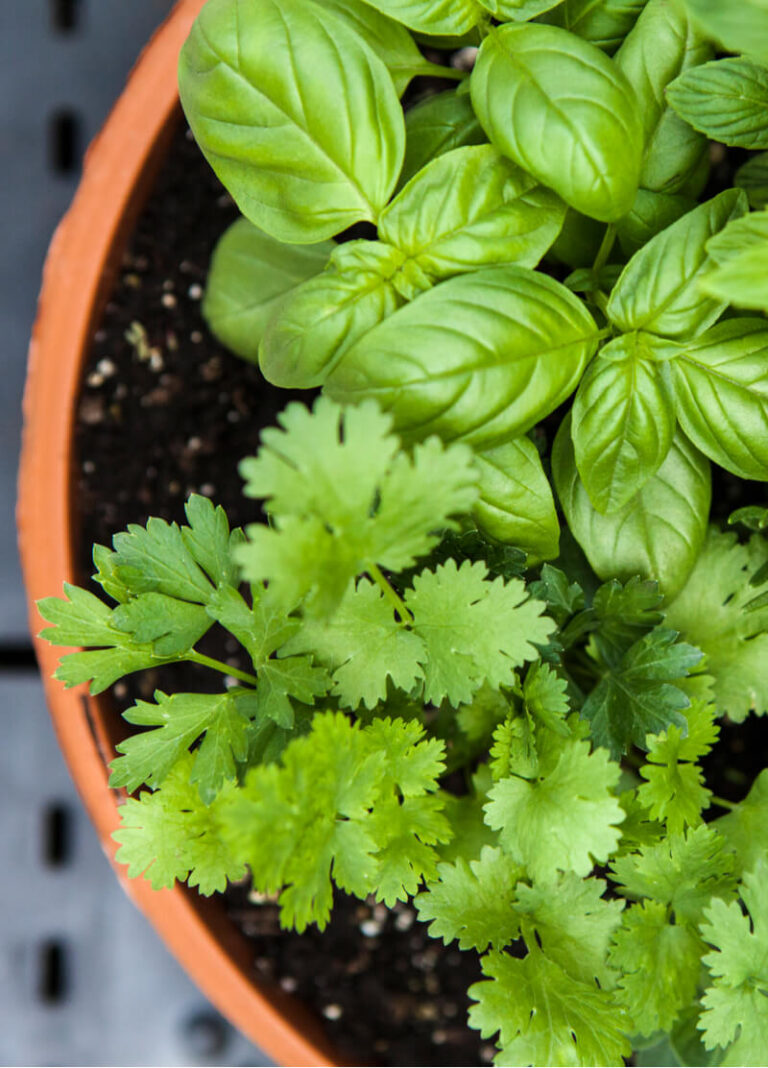Inspiration
Knife Skills 101: Minced vs. Chopped vs. Diced
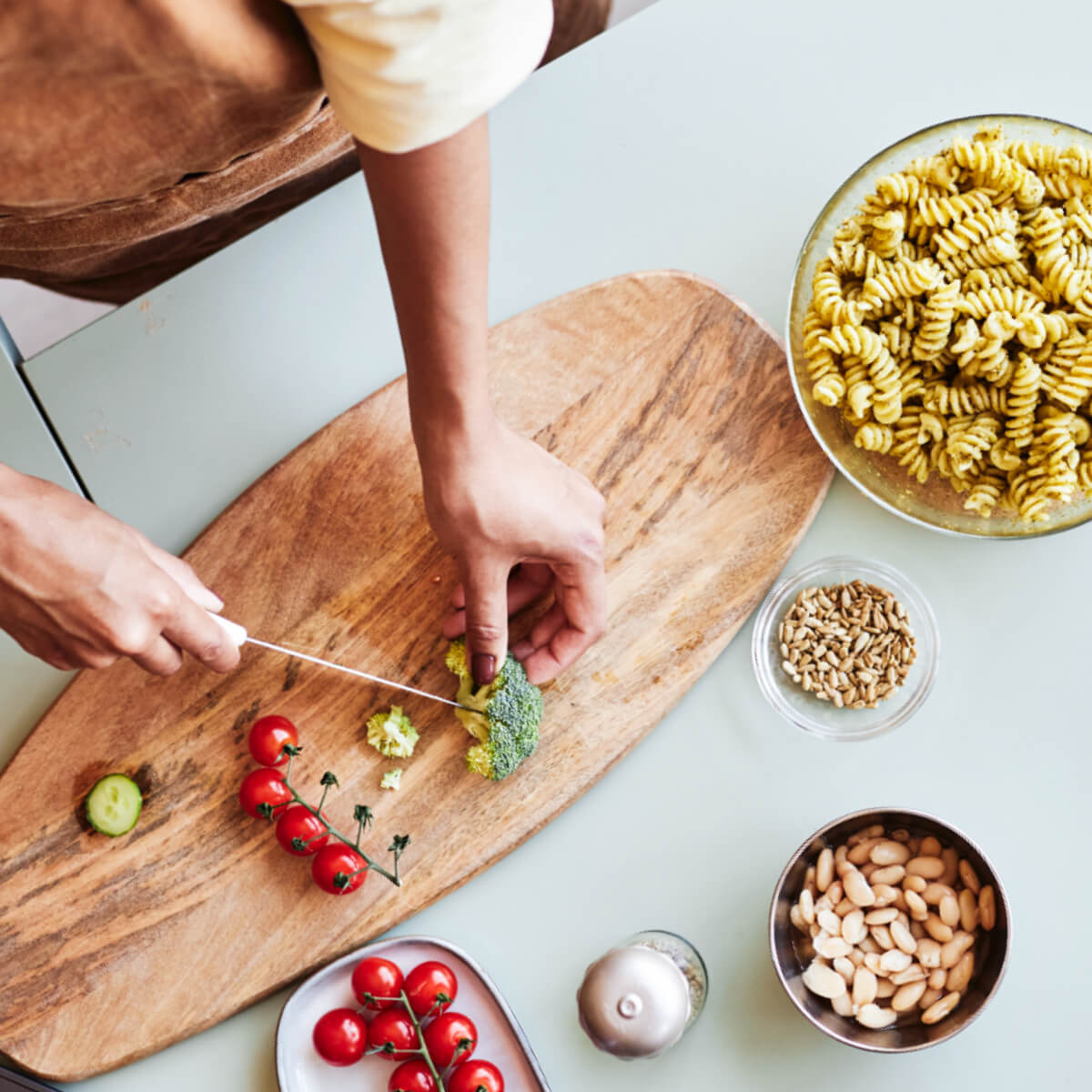
To mince or not to mince, that is the question. What size does a mince make? What knife do you use to mince? Is there really a difference between minced vs. chopped? We’re all about taking creative liberties in the kitchen. And having the tools and skills to do so, aka basic knife skills, can make whipping up your favorite pasta dishes faster, safer, and easier. Plus, the types of chops can transform the taste, texture, and appearance of your culinary creations. Once you know the why and the how of minced vs. chopped vs. diced, you can decide the if for yourself.
Earn Your Chopping Chops
Chopped. Roughly or coarsely chopped. Finely chopped. How much chop should a good chef chop? It depends on what kind of texture you want the recipe to have and the time you have to cook it. Big chops equal longer cook time and lots of texture. Fine chops equal shorter cook time with less texture. The size range to stay in? Smaller than the top knuckle of your thumb (roughly 1 inch). No smaller than half a thumbnail (¼ inch).
Best Knives for Chopping
A Santoku knife, aka a Japanese chef’s knife, is prime. It’s similar to a Western-style chef’s knife but with a rounded end instead of a point. A Western-style chef’s knife is also great for chopping and also found in most knife sets. Sharp, straight-edge blades of almost any type will ensure a clean chop.
How to Chop
Chopping is one of the easier cuts to make!
- Step 1: Begin by slicing the ingredient into smaller pieces.
- Step 2: Compile the pieces together.
- Step 3: While holding the pieces together with one hand, bring the knife down in a front-to-back motion. For pointed knives, try a point-and-glide approach where you start with the point of the knife and then bring the rest of the knife down as you push it lightly forward.
Ready to practice your chopping knife skills? Try this Antipasto Pasta Salad recipe.
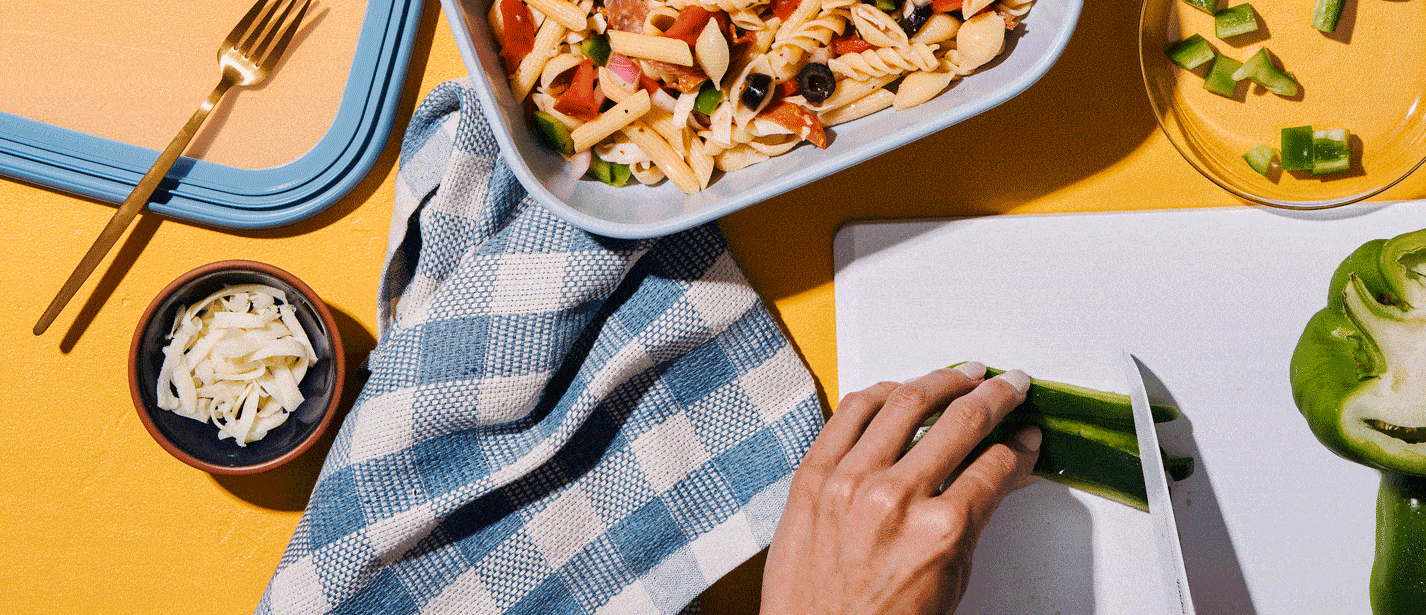
Mince Makes It Tasty
Mince melts. An easy-peasy way to remember what mincing is and does. Mincing something means chopping so finely, it all but melts into the dish. This imparts strong flavor, more so than any other form of slicing, with little textural impact. Mincing is often used in pasta recipes that call for ingredients like garlic, onion, and shallots.
Best Knives for Mincing
A true mincing knife — a semicircular knife that has two handles on the ends — is *chef’s kiss* but it’s not one you usually see lying around. The Japanese chef’s knife, though, is. It earns multipurpose points for being a great chopping and mincing knife. A sharp kitchen utility knife, though, is really all you need. Common. And easily found in most knife sets.
How to Mince
There are a ton of tips and tricks to mincing different types of ingredients. You could even use a food processor on some ingredients. We’re sticking to basic knife skills, though.
- Step 1: Begin by chopping.
- Step 2: Pile up the pieces.
- Step 3: While holding the knife, place your other hand over the top of the knife and bring it down. For pointed knives, try the point-and-glide approach.
- Step 4: As the pieces get smaller, re-pile them up and start using a quick-chop motion.
Ready to practice your mincing knife skills? Try this Linguine Cioppino recipe.
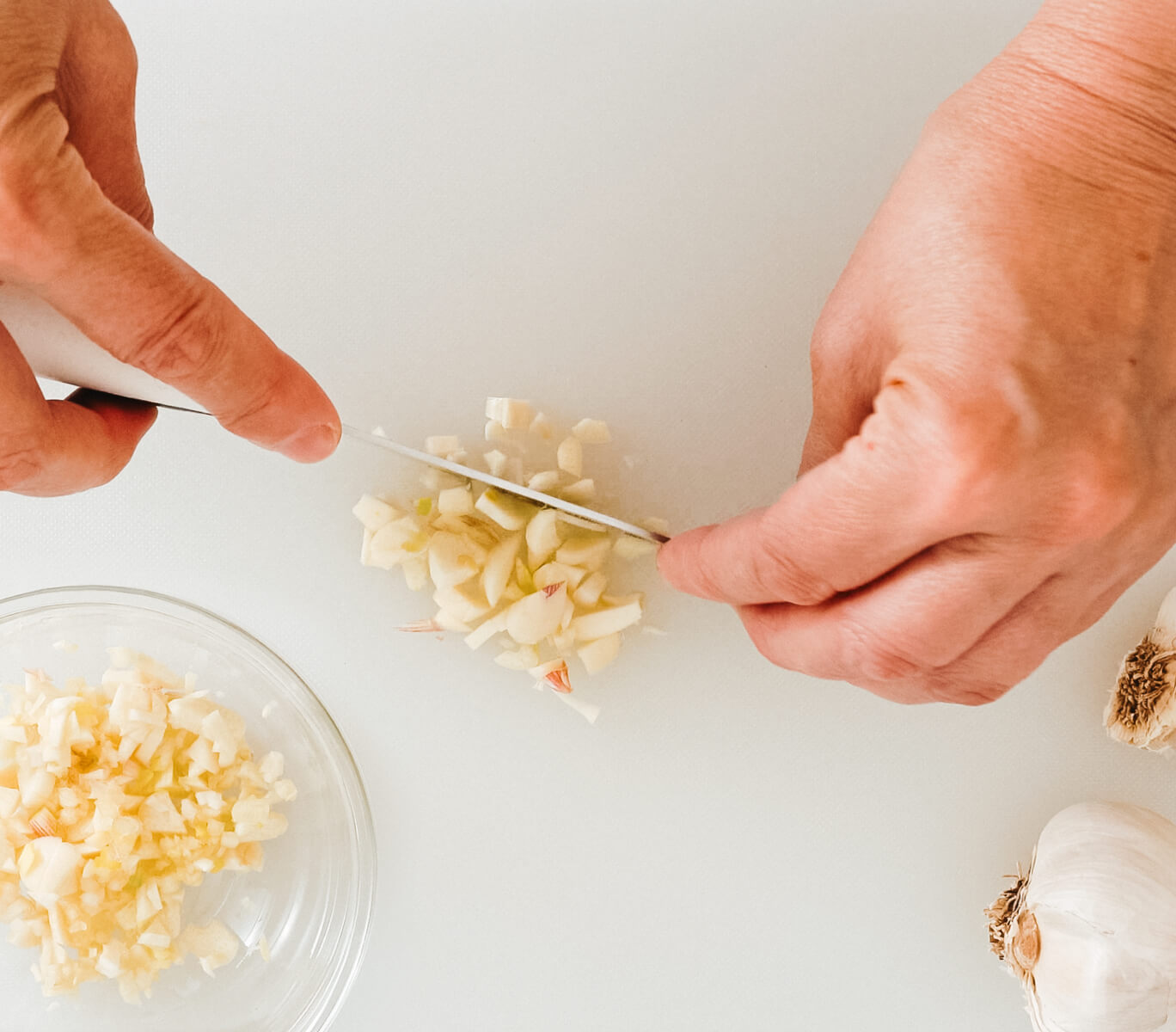
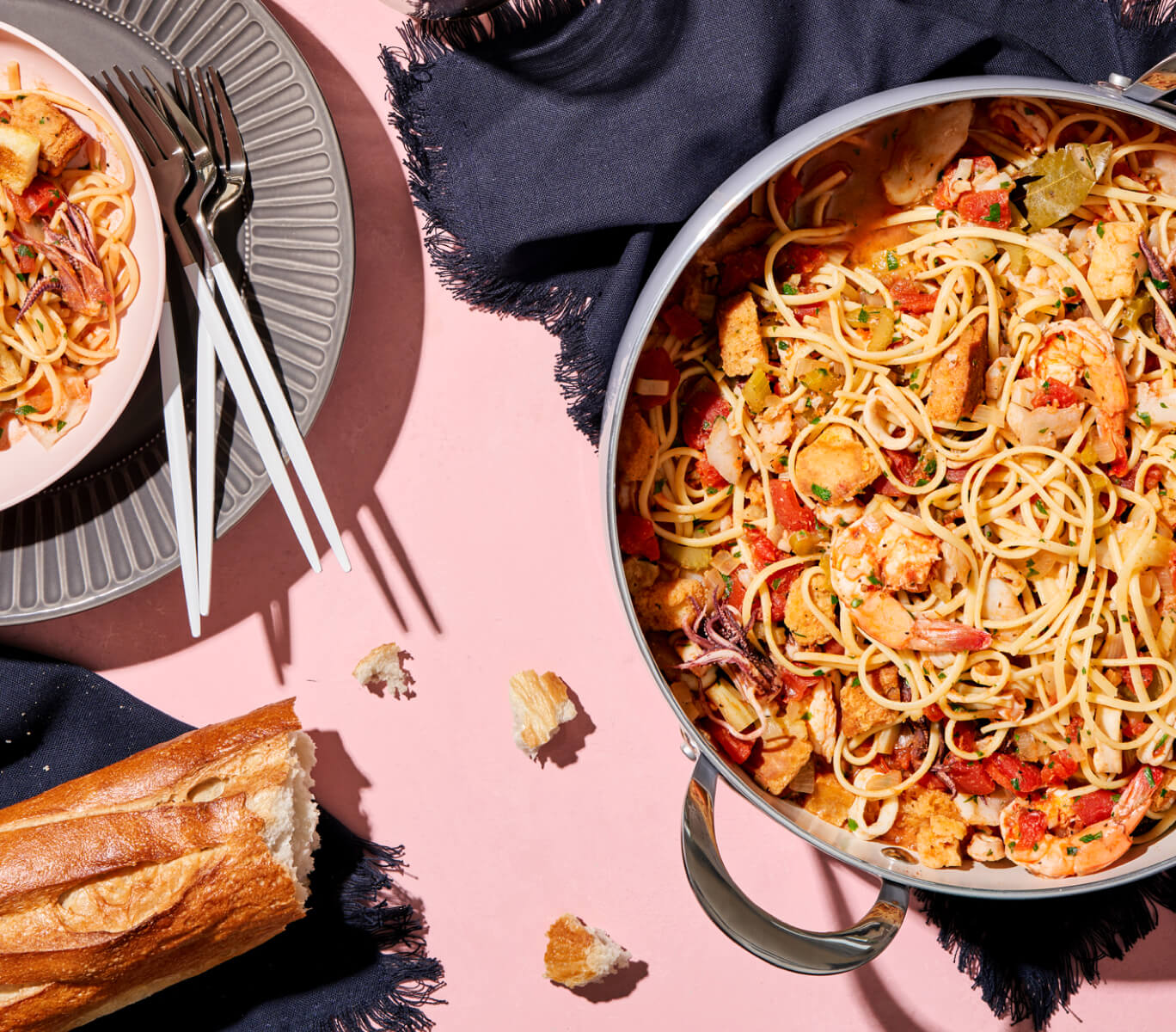
Very Dice Knife Skills
If you know how to chop, take it to the next level with dicing. It’s just about the same thing, but dicing puts more emphasis on appearance. Keep cuts uniform, consistent in size, and clean. You will often see recipes with tomatoes, potatoes, and peppers calling for dicing — the ingredients with the most wow power.
Best Knives for Dicing
Have a chopping knife? Then you have a knife for dicing. Chef’s knives or Utility knives, both are great for dicing. Larger ingredients or more to dice? Chef’s knife. No matter which, try to use a knife with a smooth edge (non-serrated), so your cuts remain clean, too.
How to Dice
Slow and steady cuts are the key to a nice dice.
- Step 1: Begin by slicing the ingredient into smaller pieces.
- Step 2: Compile and line up the pieces evenly.
- Step 3: Similar to chopping, hold the pieces together with one hand and bring the knife down in a front-to-back motion.
Ready to practice your dicing knife skills? Try this Grilled Mexican Street Corn recipe.
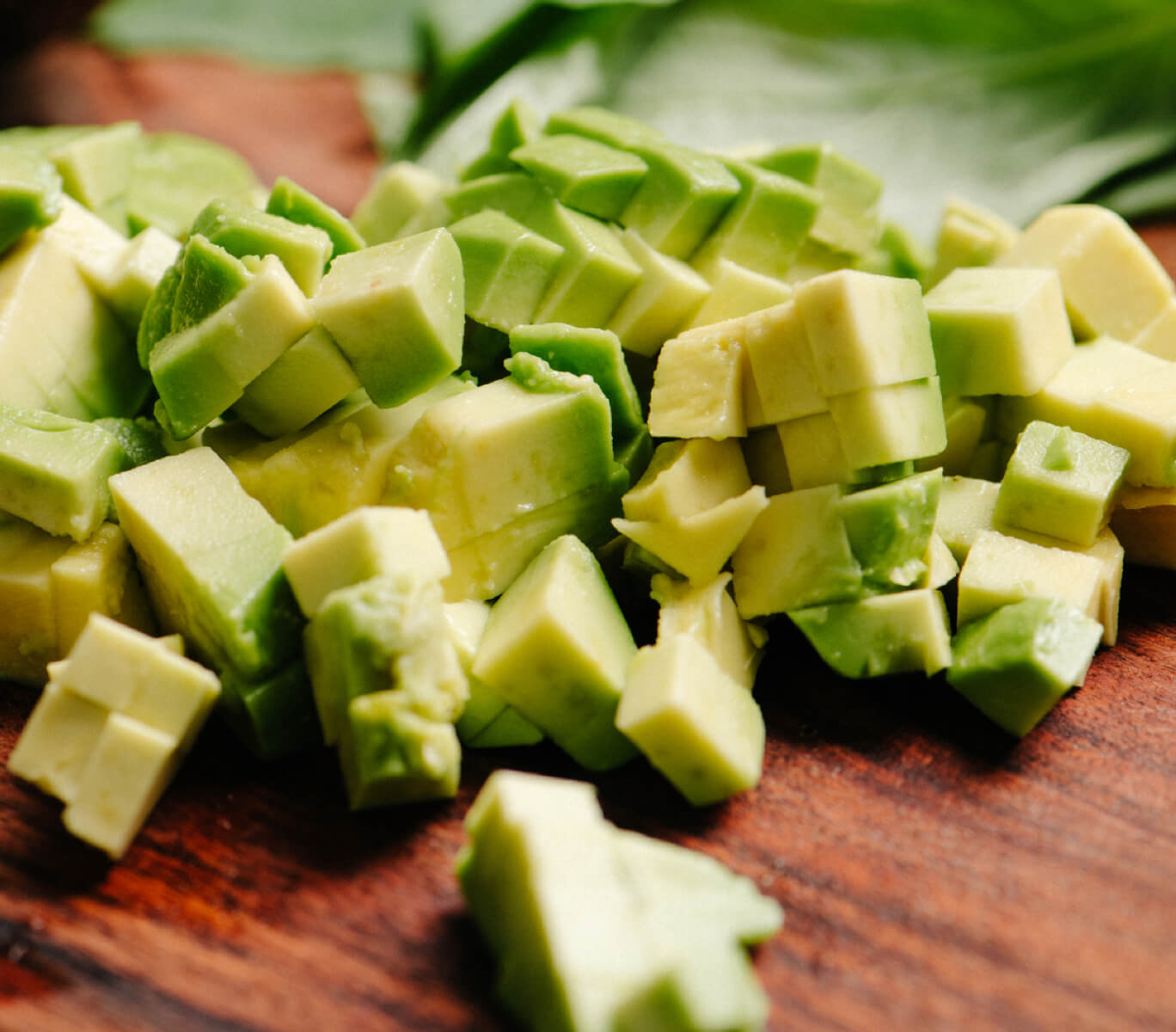
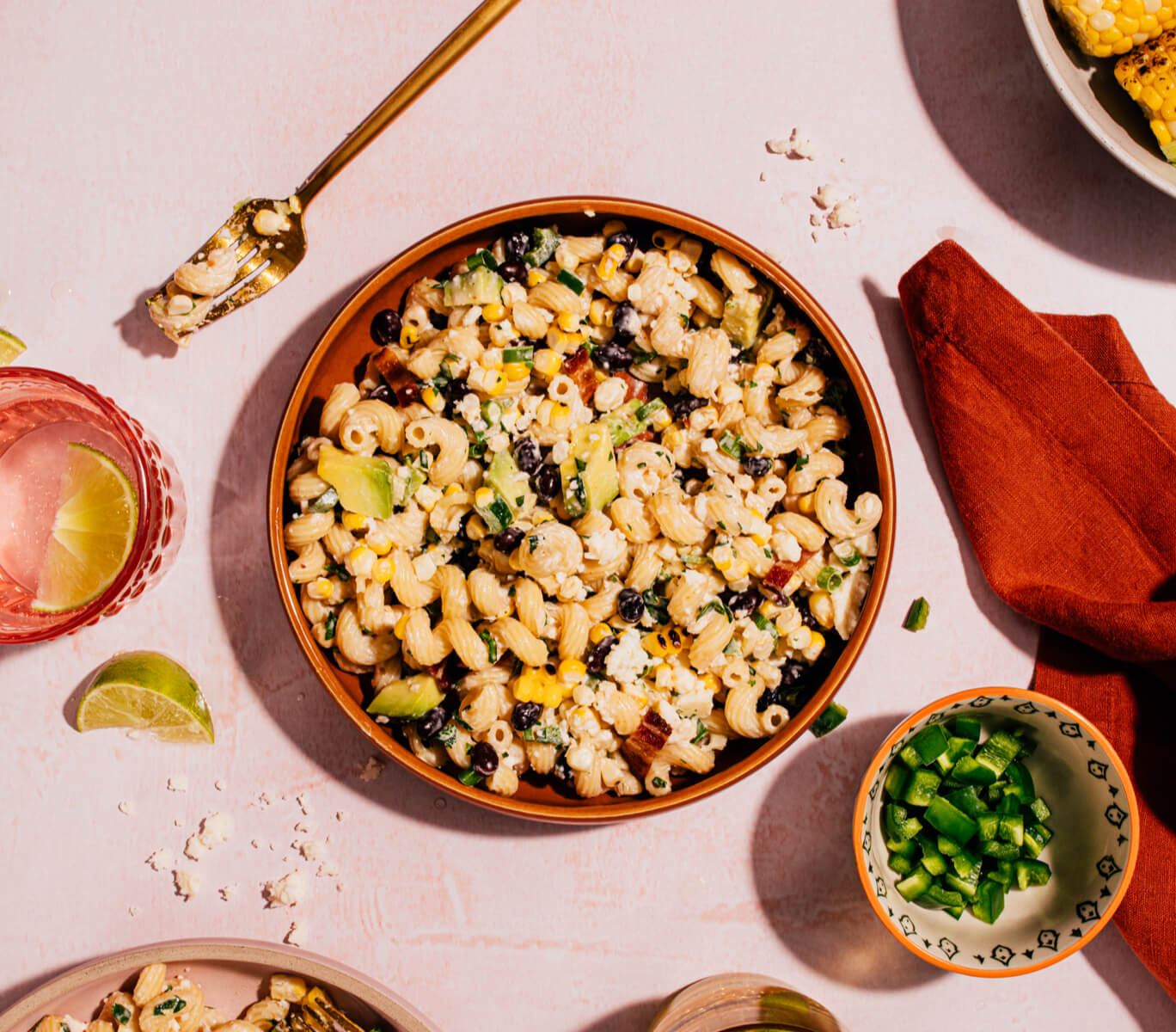
Basic Knife Skills 101 is now complete. Now that you know what each common type of cutting style does to the taste, texture, and appearance of a recipe, you can get creative with your cuts. So, chop-chop — get to making!
